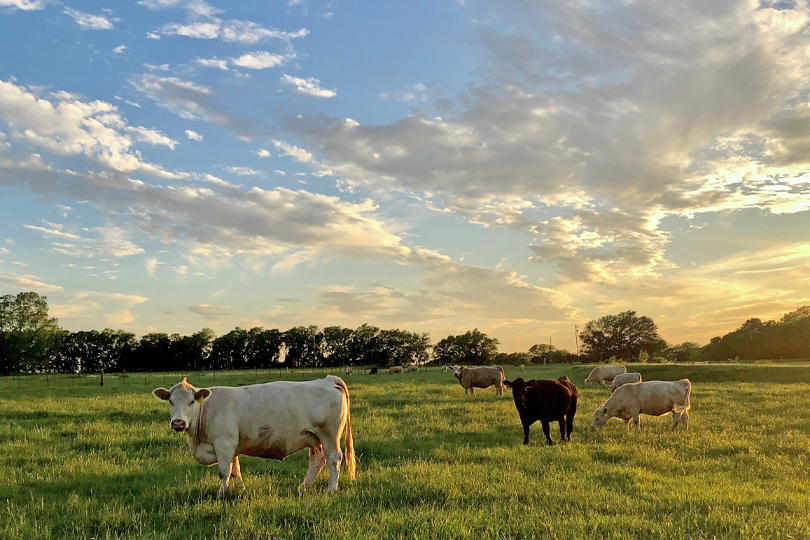By Shelby Shank
Field Editor
Things are looking up for farmers and ranchers this spring with recent rainfall and mild temperatures.
“This appears to be the beginning of a more normalized spring season. We’ve had wet weather conditions across a large part of the state,” Tracy Tomascik, Texas Farm Bureau associate director of Commodity and Regulatory Activities, said. “The drought monitor indicates that, as well, with only a few spots of exceptional or extreme dryness in Texas.”
The drier areas of the state are primarily in the Hill Country West Texas.
The latest Water Weekly drought map from the Texas Water Development Board shows about a quarter of the state is suffering from drought conditions.
The National Weather Service, however, anticipates a large expansion of drought across the Panhandle and West and Central Texas by the end of June. The north central, east and coastal regions are expected to be drought free transitioning into summer.
Tomascik noted pastures across the state look good at this point in the year.
“That extra rain and relatively mild conditions throughout the winter have really helped those annual winter grasses,” he said.
Recent wildfires in the Panhandle left over a million acres burned and left ranchers without grazing acres.
“The wet weather that has come in after the fires didn’t bring in a lot of moisture, but it really helped to kick start forage recovery of those pastures,” Tomascik said. “Unfortunately, a lot of ground was lost, but with moisture and time, it will recover.”
Forage in West Texas remains tight.
“They seasonally get rainfall in West Texas that allows farmers and ranchers to stockpile some grasses, but in general, it remains tight out there,” he said.
With warm weather comes various pests that could impact livestock.
“This is a good opportunity for farmers and ranchers to reach out to their veterinarians and talk about control protocols to minimize the impact of the flies,” Tomascik said. “It’s also a perfect opportunity to review what you’re doing from an animal health standpoint on minimizing internal parasites.”


Leave A Comment